News
News
CERN reaffirms its commitment to environmentally responsible research with the release of its 4th Environment report
CERN releases its 4th Environment report and sets updated environmental goals for 2030
Arts at CERN and the Nobel Prize Museum collaborate on the Collide residency
Arts at CERN and the Nobel Prize Museum launch the first open call for Collide Stockholm
First observation of single top quark production with W and Z bosons
This incredibly rare phenomenon, observed at the CMS experiment, can help probe the fundamental forces of nature
Ion recycling to illuminate the heaviest elements
A sophisticated electrostatic trap at CERN’s ISOLDE facility could help researchers probe the chemical reactivity of the rarest and least understood elements
Ireland becomes an Associate Member State of CERN
CERN welcomes Ireland as an Associate Member State
LHC inducted into TIME’s Best Inventions Hall of Fame
TIME has chosen the LHC as one of the 25 most iconic inventions from the past 25 years
European Strategy update enters final straight
The completion of the Physics Briefing Book on 2 October marks a major milestone towards the 2026 update of the European Strategy for Particle Physics
Shape-shifting collisions probe secrets of early Universe
The first high-energy collisions between light nuclei at the Large Hadron Collider confirm the unusual “bowling-pin” shape of neon nuclei and offer up a new tool to study the extreme state of matter produced in the aftermath of the Big Bang
CERN launches Generation Higgs, its new cultural season, with Cédric Klapisch on 25 September
With Generation Higgs, CERN honours the young minds already shaping today’s scientific landscape
CERN and Pro Helvetia extend “Connect” collaboration and launch Connect Argentina residency
Artists Juan Sorrentino and Céline Manz will jointly complete a dual residency at CERN and the Pierre Auger Observatory as the artists selected for Connect Argentina
